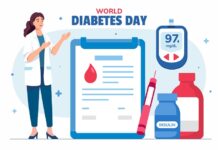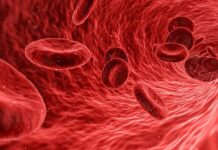Sweat is more than a sign of exertion—it holds valuable health data. As an ultra-diluted form of blood, it carries key biomarkers like glucose, lactic acid, and electrolytes. Researchers have long recognized its potential for health monitoring, but measuring these biomarkers accurately has been challenging due to their low concentrations in sweat.
A Needle-Free Revolution in Health Monitoring
Imagine a device that can analyze sweat in real-time, providing painless, needle-free health tracking. Such technology could transform diabetes management, eliminating the need for finger pricks or invasive continuous glucose monitors (CGMs). With India having the world’s largest diabetic population, this innovation promises greater comfort, affordability, and accessibility.
GraphWear’s Wearable: Powered by Graphene
GraphWear Technologies, a San Francisco-based health-tech company, is developing a non-invasive wearable sensor that leverages graphene—a Nobel Prize-winning material known for its sensitivity and conductivity. This advanced sensor detects molecular changes in sweat with high precision. Unlike traditional CGMs, which use tiny needles under the skin, GraphWear’s device relies on graphene-based sensors to measure biomarkers painlessly. These sensors send real-time health insights to a smartphone or wearable device, enabling users to monitor glucose, cholesterol, hydration, and more.
From Lab to Real-World Applications
Sweat-based monitoring has undergone successful feasibility trials in both diabetic and non-diabetic individuals. Studies confirm that sweat-derived glucose readings match the accuracy of traditional CGMs. The device has also been tested beyond diabetes—monitoring lactate and hydration levels in racehorses and tracking endurance athletes’ fatigue and recovery.
The Future of Personalized Healthcare
As reported by TOI, this technology extends beyond chronic disease management. Athletes can optimize performance, while elderly and remote populations can benefit from continuous health tracking without frequent clinic visits. By eliminating discomfort, reducing costs, and increasing accessibility, sweat-based monitoring is paving the way for a more inclusive and efficient healthcare system.
























